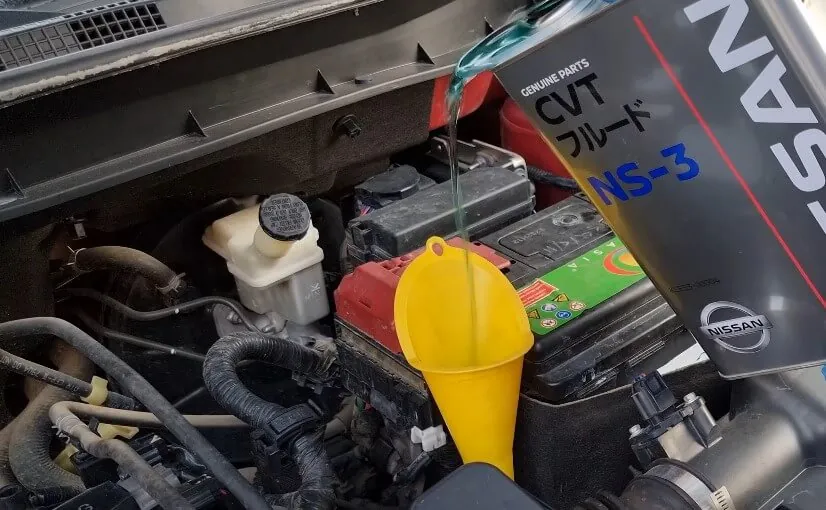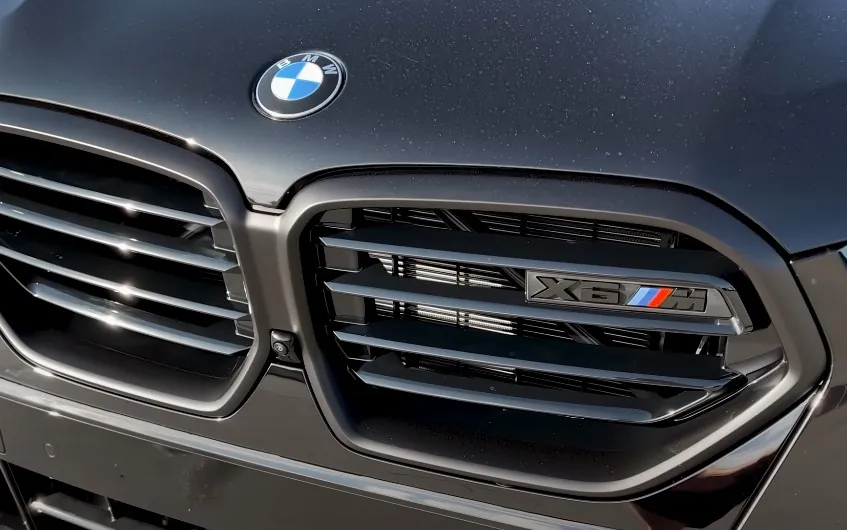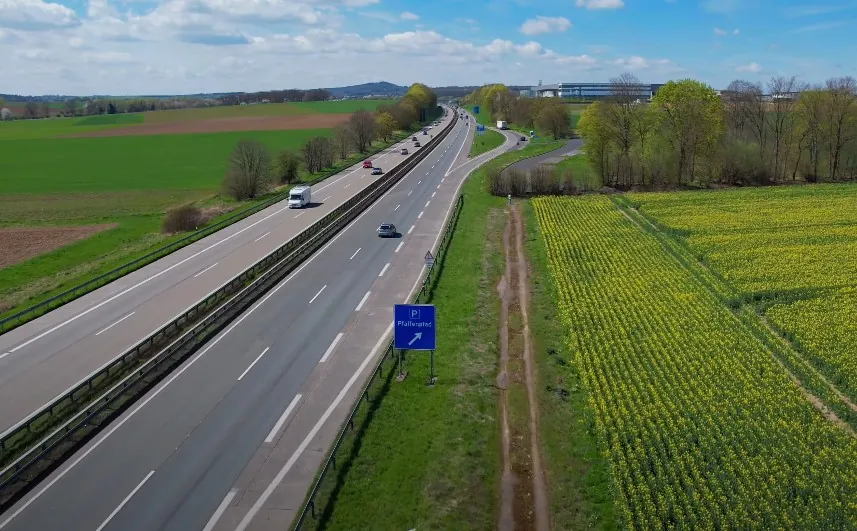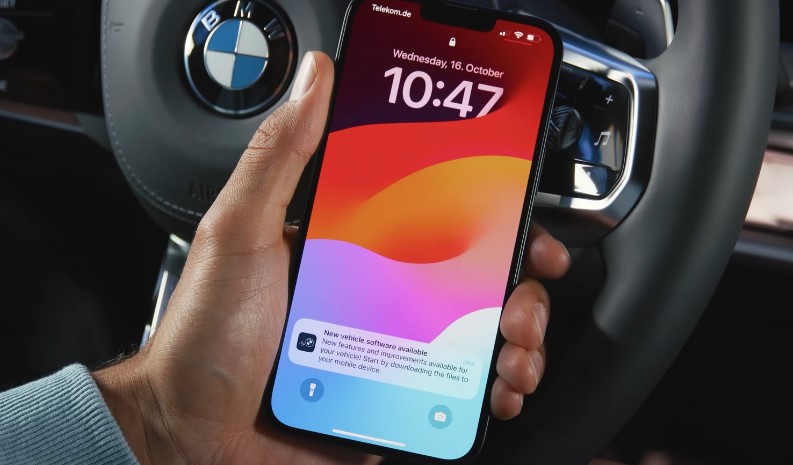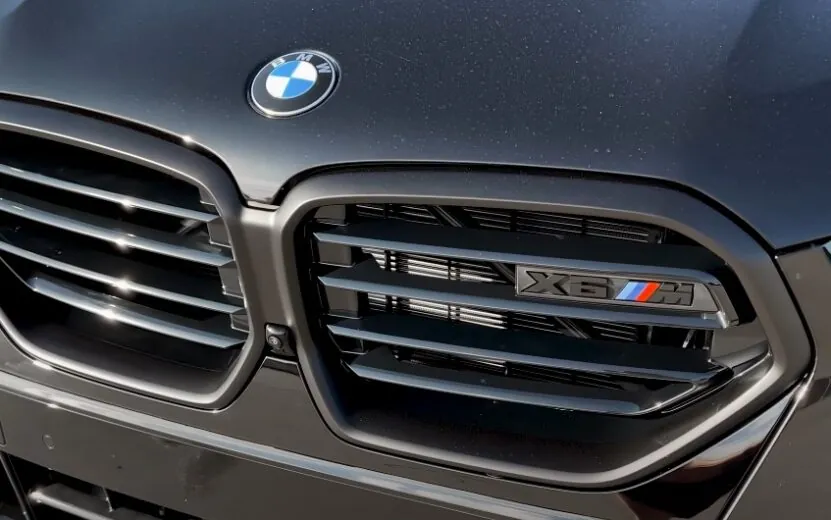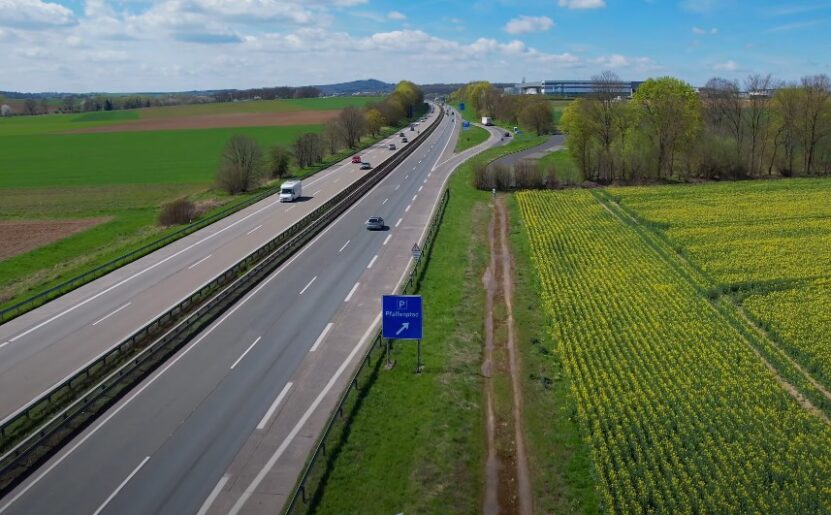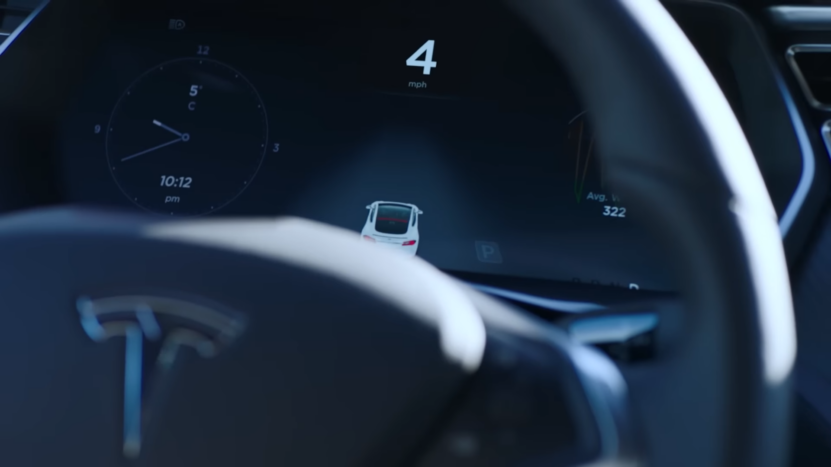
Share Post:
The demand for EVs like Tesla has increased in the last decade thanks to their environmental advantage and attractive looks. In addition to environmental conservation, the long-term fuel-saving advantage has played a key role in its adoption.
Adopting EVs doesn’t mean replacing the current gasoline vehicles; it means replacing our relationship with transportation, especially with most jurisdictions embracing sustainability.
With the EV technology still evolving, the total sale of EVs is projected to exceed 38 million by 2030. Currently, the EV market is monopolized, which has spurred greater developments and innovations in environmentally friendly transportation. Here are some of the top trends that are shaping the future of Electrical vehicles:
Table of Contents
Toggle1. Advancement in EV Battery Tech
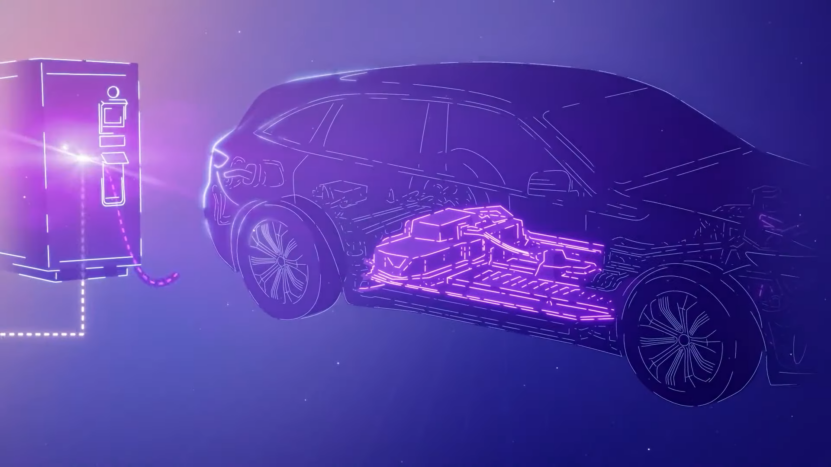
An Electric Vehicle Connected to A Charging Station, Highlighting the Internal Battery Technology and Structure in A Neon Outline Style
With their bright future, these batteries’ prices have dropped swiftly in the last few years. The transition from Nickel Manganese Cobalt to LFP (Lithium Iron Phosphate) has produced more efficient units.
Numerous studies in solid-state electrolytes promise numerous benefits over liquid electrolytes. Some benefits include a longer life cycle, extended ranges, faster charging, and a lighter construction. Attempts have been made to make these batteries, with companies creating units that can hold charge for more than 6,000 cycles and charge within minutes.
The transition from cobalt to manganese has played a crucial role in reducing the price of EVs. That’s because manufacturers are turning to affordable alternatives like sodium, phosphate, and iron. Due to the low mining cost of these materials, the cost of these batteries may drop by over half by the end of 2024.
2. Autonomous Driving
The combination of EVs and autonomous driving has affected the transport sector in the last decade. Some top manufacturers, like Tesla, have invested heavily in this sector; they’re already offering advanced autonomous driving options. Other than promoting sustainability, these vehicles are already reducing noise pollution.
Autonomous driving will do more than promote a safer and more pleasant driving experience; it will optimize driving efficiency. The ability to communicate with road infrastructures and other road users has improved traffic management while reducing congestion.
3. EVs and AI
Autonomous driving technology has become more accessible and safer. It has enabled vehicles to navigate challenging conditions and environments while reducing the likelihood of accidents.
Another sector where AI has played a major role is charging optimization. AI has helped drivers balance the demand and supply of electricity while maximizing the charging process. This has helped drivers mitigate the environmental impacts of EVs while lowering energy costs.
However, technology is constantly changing, and learning new electric car-making skills is the best way to keep up with other industry pace-setters. Studying a master’s in electrical and computer engineering online from schools like online.kettering.edu will equip you with everything you need to play a major role in the development of mobile robotics and autonomous and electric vehicles. It focuses more on the systems that will shape the future of transportation.
If you plan on being part of the future, particularly in intelligent fleet management, you must take this course. Currently, AI can help us monitor the vehicle’s status and plan preventive maintenance, but things are bound to improve.
4. Expansion of Changing Infrastructure
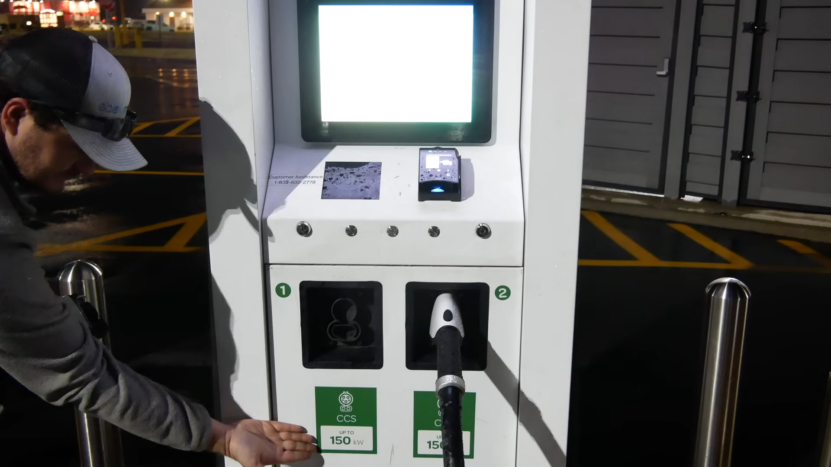
Man Using an Electric Vehicle Charging Station at Night
The future of EVs hinges on the convenience and accessibility of charging stations. Currently, world governments are investing in the expansion of these infrastructures worldwide. These initiatives alleviate the anxieties associated with EV charges while promoting their adoption.
Various innovations, including wireless and fast charging systems, are making it easier for car owners to charge their vehicles. A good example is replacing the slow chargers with HPC(High power charging) stations that can deliver over 350KW, which are revolutionizing the industry.
Plus, with various companies working on wireless charging, you should be ready to replace your bulky EV charging setup with a wireless mat. Ever since the SAE (Society for Automation Engineers) published the standards for wireless charging, various automakers have been quietly testing their prototypes.
We may not know when this tech will be available, but it will be modeled off a prototype produced by WiTricity. This Massachusetts-based firm licensed its intellectual property rights to Wiferon.
The mat pad will transfer energy to the vehicle via 2-magnetically coupled resonating coils or a magnetic field. The energy receiver in the EV will put the DC into the batteries. EV manufacturers will have to install the receiver inside the car. However, those with EVs will have to modify their units to use this tech.
5. Circular Economy and Environmental Sustainability
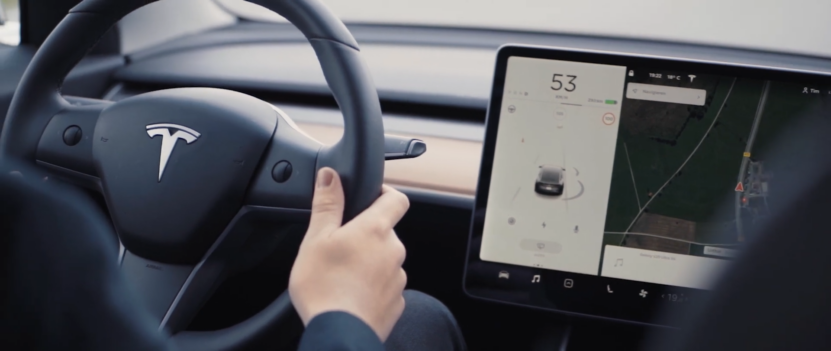
A Driver’s Hands on The Steering Wheel of A Tesla, Featuring the Car’s Digital Dashboard Displaying Speed and Navigation
Besides reducing carbon emissions, automakers embrace sustainability in the sector. Currently, automakers are focusing on responsible disposal, recyclability, and eco-friendly materials for EV batteries.
Unlike traditional vehicles that depend on fossil fuel extraction, EVs use electricity produced by wind and solar power. Most EVs use lithium-ion batteries made using various materials, including graphite, nickel, cobalt, and lithium. These materials can be recycled and reused after the battery.
Manufacturers are also improving EVs via the circular economy. In this system, batteries are recycled, reused, and repurposed to create new units. They remain in use for as long as possible, which minimizes mining’s environmental impacts.
Remember, the mining process results in carbon emissions, but thanks to the circular economy, EV emissions are lower than those of internal combustion engines.
6. Rise in Software-Defined EVs And Improvement in Connectivity Features
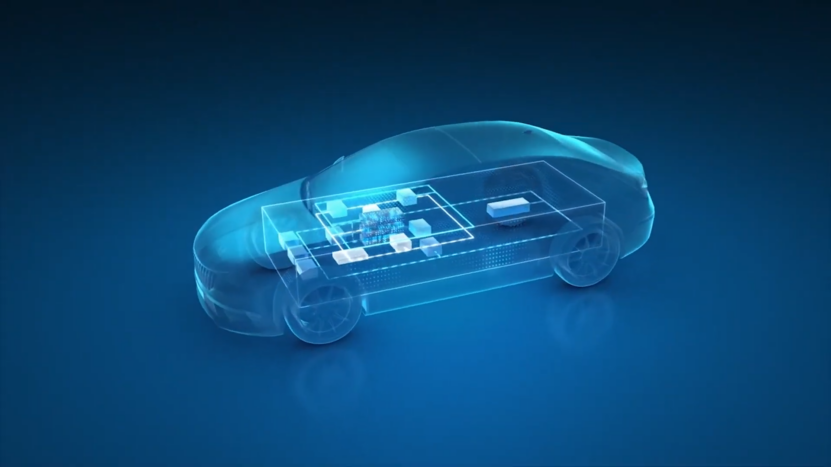
Illustration of A Software-Defined Electric Vehicle Highlighted in Blue, Showcasing Its Internal Components and Layout, Emphasizing Advanced Connectivity Features
The industry has been embracing the idea of software-defined vehicles (SDV) with software that plays a major role in remote monitoring abilities and enabling real-time navigation.
Besides convenience, the software will play a huge role in increasing efficiency and safety. With these cars, functionalities will be controlled by software instead of hardware. This tech will allow dynamic enhancements and updates of the EV operations via software updates.
Endnote
EVs have become a crucial part of the energy network, and incorporating renewable energy sources like solar and wind energy will help lower one’s carbon footprint. This will represent a crucial step towards sustainability.
In addition, manufacturers are investing in battery recycling tech to reduce their environmental impact. Some proposed ideas include turning these batteries into energy storage units for businesses and homes.
Related Posts:



